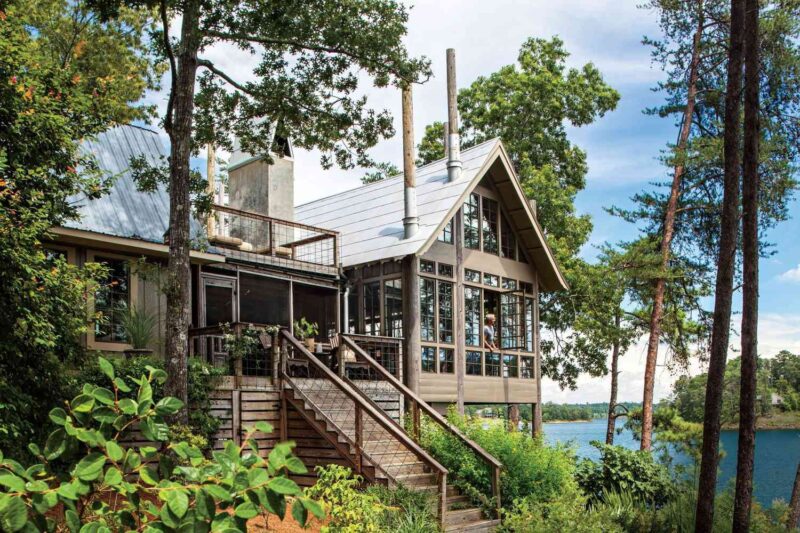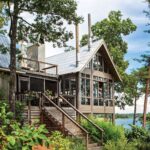Life beside a lake offers beauty, serenity, and a set of responsibilities that shape each season.
Seasonal owners often balance relaxation with upkeep, while full-time residents manage an ongoing rhythm of maintenance and enjoyment.
Our goal here is to help cottage owners confidently care for their property and experience lakeside living every month of the year.
The Allure of Lakeside Living

Life beside a lake often brings an immediate sense of calm, giving owners a rare chance to slow down and enjoy simple pleasures.
A setting shaped by water and sky encourages reflection, softens daily stress, and strengthens personal well-being.
Many owners describe an emotional shift as soon as they arrive, as if the pace of life naturally resets.
Peace settles in quickly when water is nearby, creating space for reflection, relaxation, and simple daily pleasures.
Time outdoors encourages healthier routines such as walking, paddling, or swimming. Many owners value mornings on the dock, cooling dips in summer, and quiet evenings with fresh air all around.
A lakeside cottage also nurtures meaningful interpersonal connections. Families often grow closer through shared activities, and seasonal neighbors have a way of forming lasting friendships.
Owners commonly engage in activities such as:
- Fishing
- Kayaking
- Hiking
- Swimming
- Evening fires and outdoor gatherings
Experiences like these turn ordinary days into memorable ones, strengthening bonds and creating traditions that repeat year after year.
Choosing and Designing the Perfect Lakeside Cottage
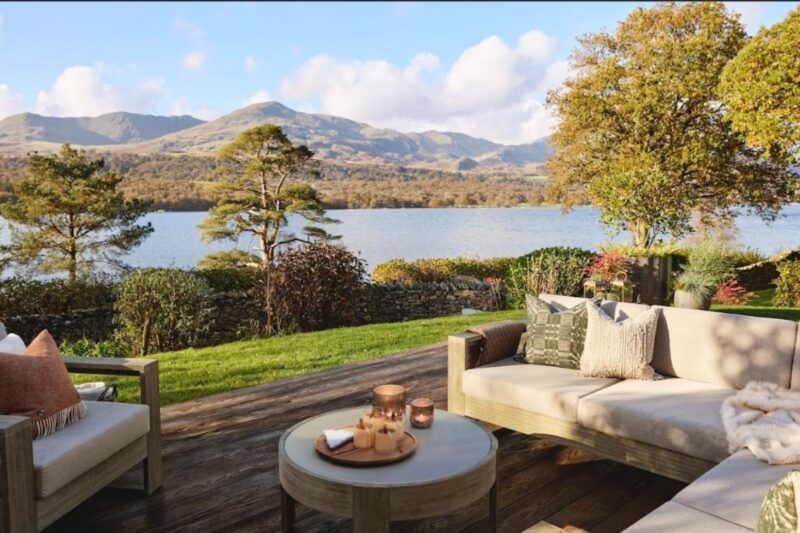
A thoughtful approach to selecting and designing a cottage can transform day-to-day comfort and long-term ease of ownership.
Smart planning helps owners enjoy their home in every season, while also reducing maintenance concerns tied to fluctuating water levels.
Location Considerations
Selecting an ideal site often begins with studying how the environment behaves across an entire year.
Many buyers evaluate seasonal road conditions, assess natural drainage patterns, and observe how sunlight reaches different parts of the property.
Careful thought goes into selecting a site with dependable seasonal access, sensible elevation, and convenient proximity to essential services.
- Seasonal road reliability
- Elevation relative to water levels
- Flood-prone zones
- Soil stability
- Distance to medical, grocery, and emergency services
Owners often study how water levels change, how roads behave after storms, and how sunlight warms the property during different months.
Architectural Design Elements
Architectural choices strongly influence comfort and safety in a cottage environment.
Large windows that welcome natural light, open interior plans, and wood finishes help each space feel calm and inviting.
Elevated or stilt-based structures offer added protection during periods of high water. Many owners favor layouts that highlight views while keeping maintenance practical.
- Window placements that frame water views
- Open-concept layouts for easier airflow
- Durable siding and roofing materials
- Structural elevation for protection
- Covered porches or screened terraces
Sustainable Design Tips

A growing number of cottage owners aim for environmentally friendly construction and operation.
Eco-friendly materials, solar energy systems, and rainwater harvesting help reduce long-term strain on both the budget and the environment.
Smart insulation and energy-efficient windows support comfortable indoor temperatures year-round.
- Solar panels
- High-efficiency insulation
- Low-flow fixtures
- Rainwater collection systems
- Reclaimed wood and low-impact materials
Interior Aesthetics
Style choices inside a cottage can define its mood and comfort level.
Soft, earthy colors create a soothing atmosphere, while cozy, minimal décor helps maintain an uncluttered environment.
Cozy, minimal décor pairs well with lake-inspired accents such as woven textures, gentle blues, or natural wood tones.
Seasonal Maintenance Calendar for Lakeside Cottages
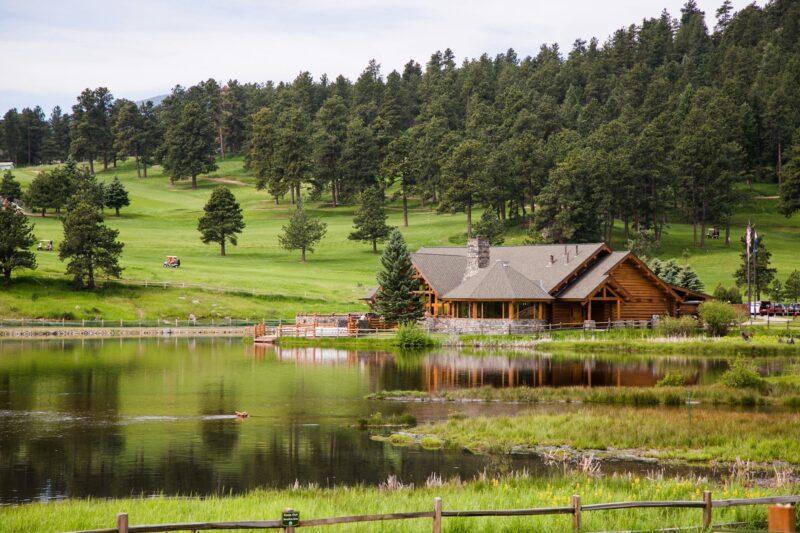
A well-maintained cottage remains safer, stronger, and easier to enjoy across all four seasons.
Each part of the year brings distinct responsibilities, and planning ahead minimizes stress or surprise repairs.
Winter Dec–Feb
Cold months bring a mix of freezing temperatures, wildlife seeking shelter, and shifting ice conditions.
Proper preparation reduces risks and protects structural elements.
- Shutting down vulnerable water lines to prevent frozen pipes
- Sealing crawl spaces or adding motion-activated lights to deter wildlife
- Monitoring ice heaving near docks or seawalls
- Completing monthly shoreline walks to catch early erosion
Spring Mar–May
Spring often reveals winter damage and prepares the cottage for warmer weather.
Ice retreat, melting snow, and rainstorms require careful attention.
- Common spring responsibilities include:
- Inspecting docks and anchoring systems
- Testing water quality before swimming season
- Preparing for rising water levels and saturated soil
- Planting or restoring native vegetation for erosion control
Summer Jun–Aug
Warm months bring high foot traffic, recreational use, and occasional storms.
Cottage owners often balance enjoyment with manageable upkeep.
Many cottage owners turn to solutions like the JetStream Aqua Blower to manage water clarity and maintain healthy shorelines during the busy summer season.
- Clearing shoreline debris and trimming vegetation
- Checking drainage around structures
- Maintaining decks, siding, and outdoor equipment
- Hosting gatherings, swimming, and boating during peak season
Fall Sep–Nov
Autumn focuses on preparing for colder months while addressing wear accumulated during summer.
Cooler temperatures allow easier outdoor labor.
- Securing dock hardware before ice forms
- Clearing aquatic vegetation while water remains warm
- Reinforcing shoreline with coir logs, riprap, or native plants
- Cleaning gutters and verifying proper drainage before winter storms
Sustainability and Environmental Responsibility
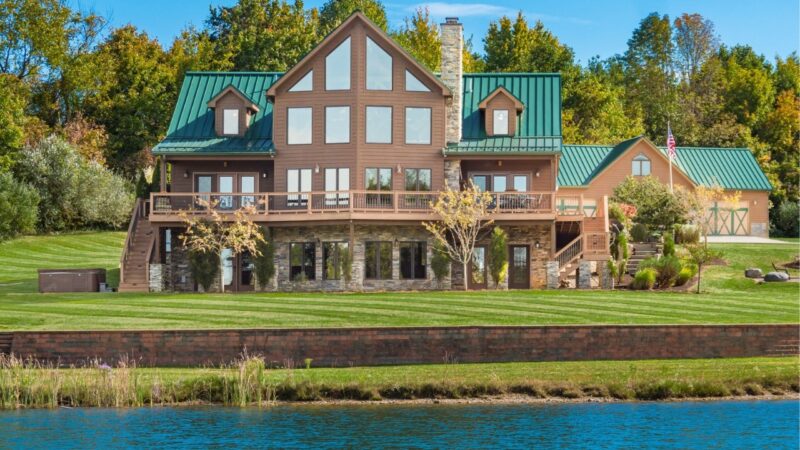
Long-term lake health depends on thoughtful stewardship. Responsible property care supports clean water, stable shorelines, and thriving wildlife.
Many owners adopt eco-friendly habits to protect the setting they enjoy.
Native plants and shoreline buffers help stabilize soil and support healthy water ecosystems.
Avoiding excessive vegetation removal preserves natural protection against erosion. Compost systems and reduced chemical runoff prevent strain on nearby waterways.
Local conservation efforts, cleanups, and volunteer days allow owners to give back to the environment that supports their cottage life.
- Planting native shrubs and grasses
- Maintaining buffer zones along the shore
- Reducing or eliminating fertilizers
- Composting kitchen scraps and yard waste
- Participating in lake or community cleanup events
The Bottom Line
A well-cared-for cottage rewards its owner with comfort, peace, and memorable seasons by the water.
Each period of the year offers its own character, inviting owners to embrace activities that fit the weather and the mood.
Regular shoreline walks work as a simple habit with powerful benefits for both property and wellbeing.
